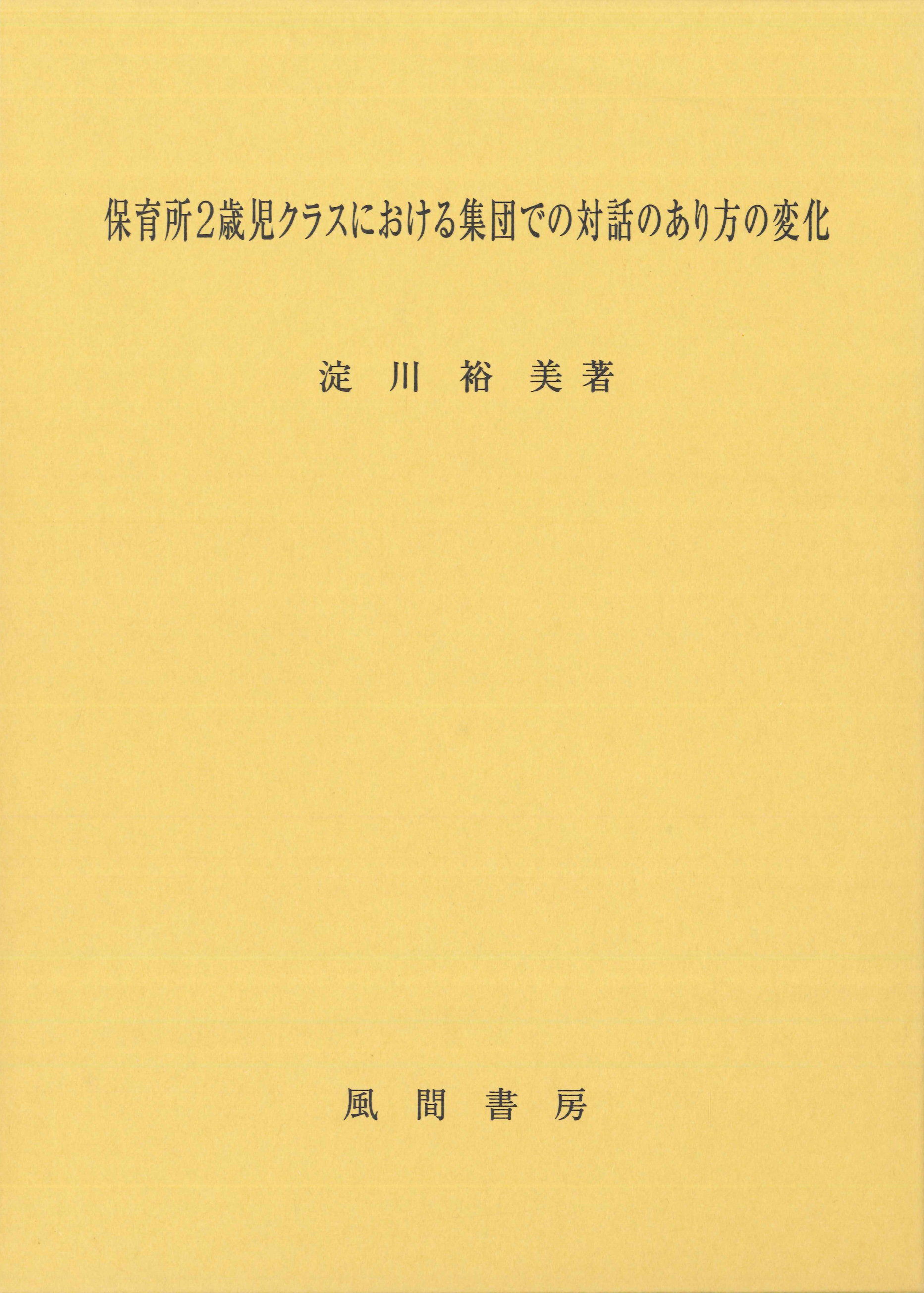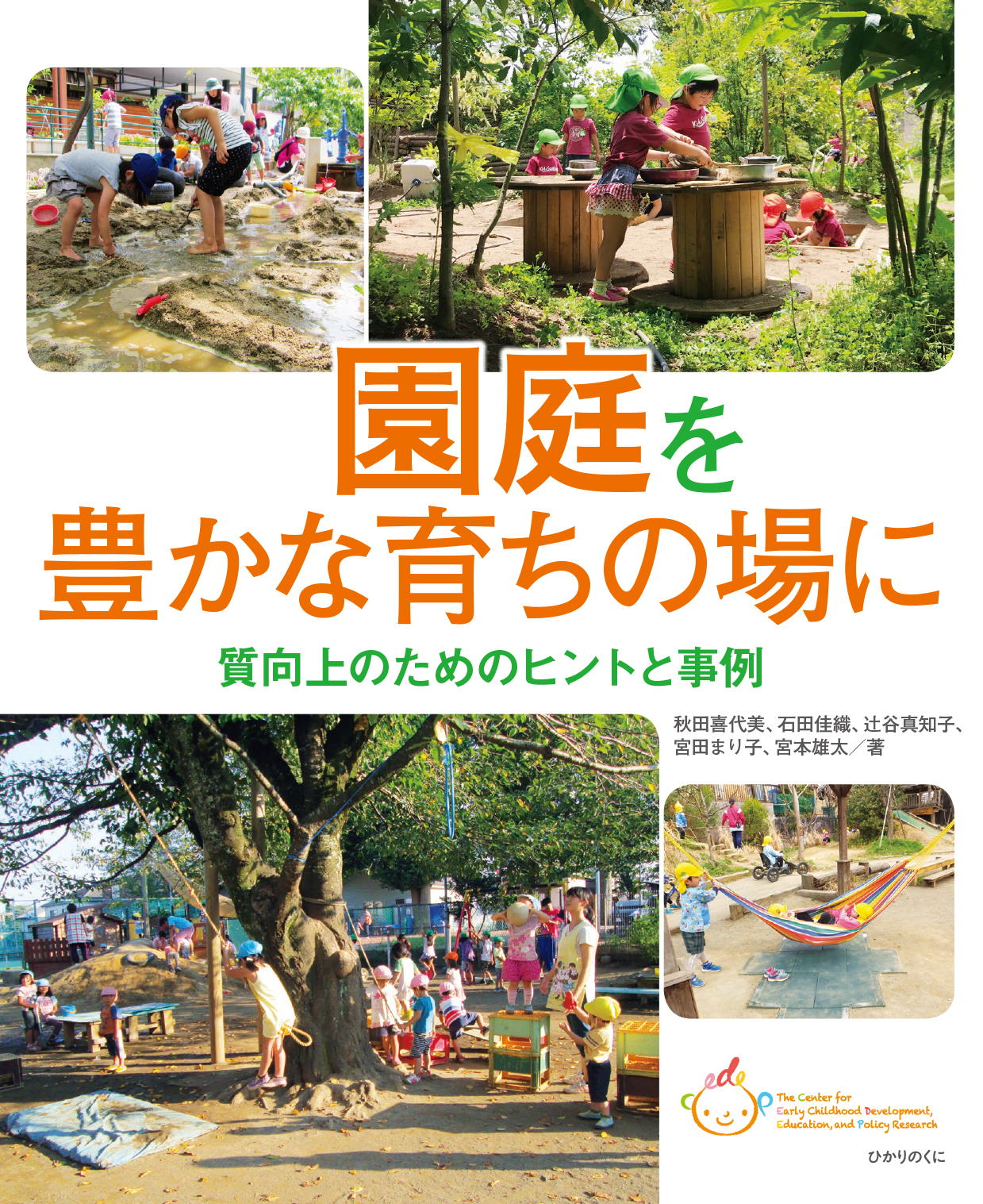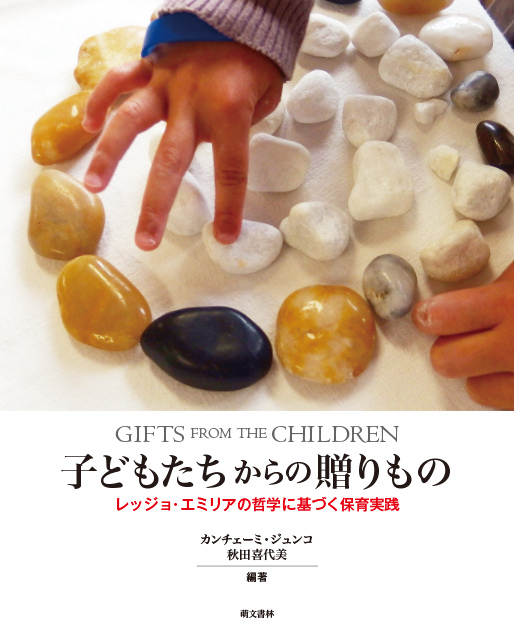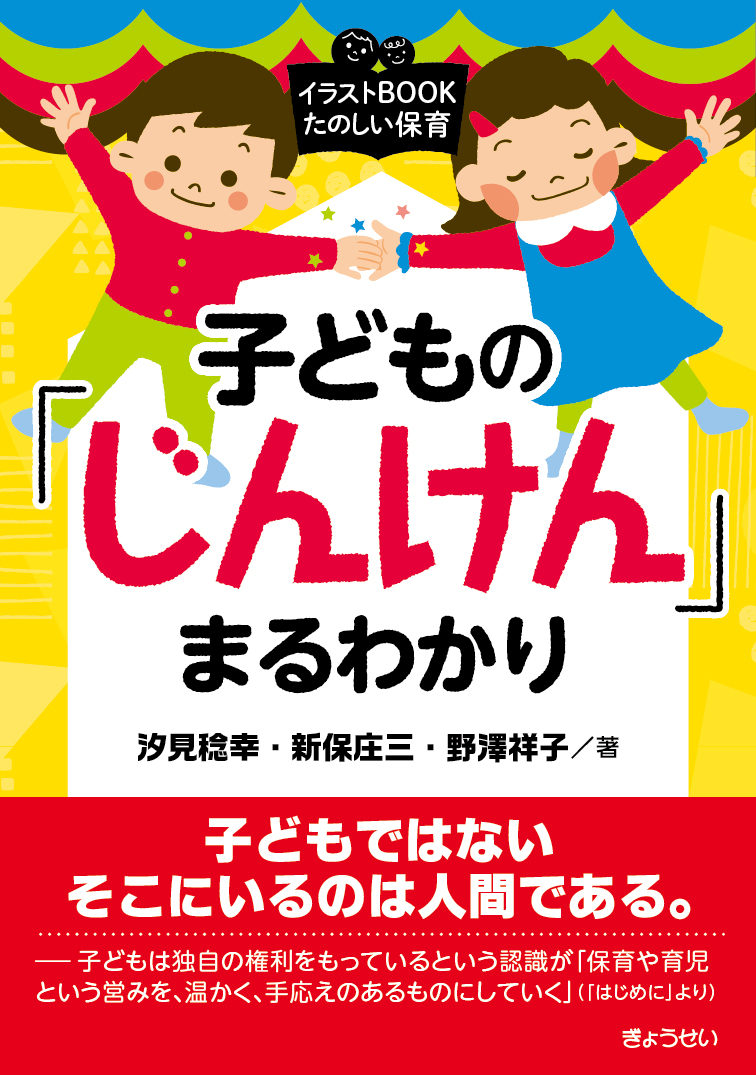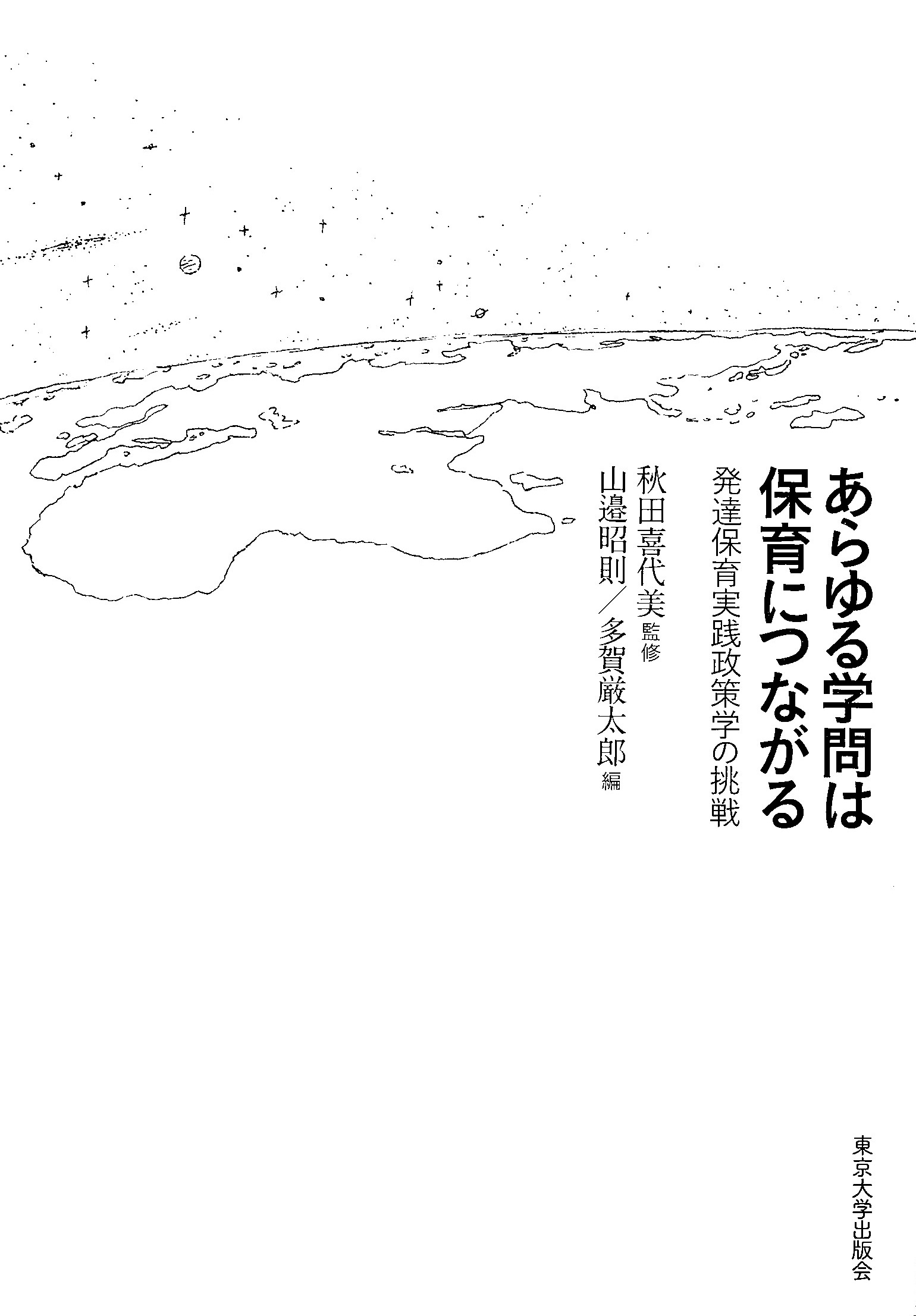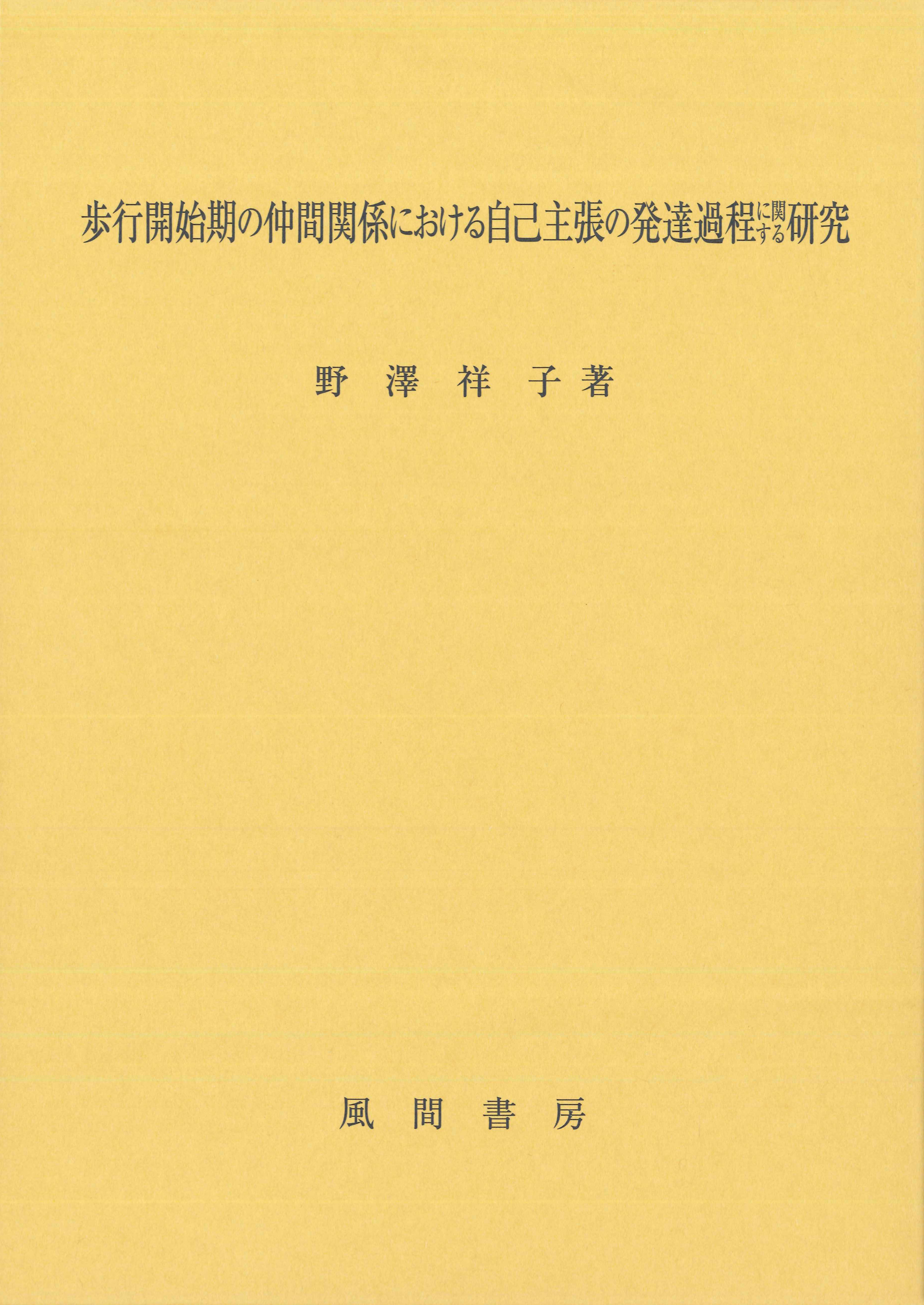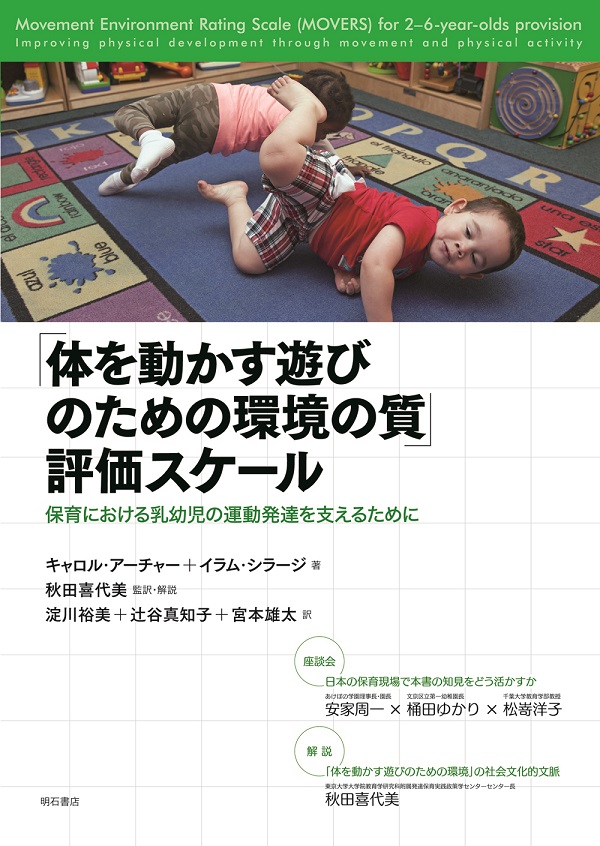
Title
Japanese Translation and Interpretation “Karada wo ugokasu asobi no tame no kankyo no shitsu” Hyoka scale (Movement Environment Rating Scale (MOVERS) for the 2-6-year-olds provision: Improving Physical Development through Movement and Physical Activity)
Size
116 pages, B5 format
Language
Japanese
Released
May 15, 2018
ISBN
9784750346830
Published by
Akashi Shoten
Book Info
See Book Availability at Library
“Karada wo ugokasu asobi no tame no kankyo no shitsu” Hyoka scale
Japanese Page
This book is the Japanese translation of "Movement Environment Rating Scale (MOVERS) for the 2-6-year-olds provision: Improving Physical Development through Movement and Physical Activity" (Carol Archer and Iram Siraj).
This book has its origins in “Encouraging Physical Development through Movement-play,” written by the two lead authors and published in 2015. It emerged from many years of training experience and practice on behalf of children, particularly by the first author, Carol Archer. A fully developed rating scale needs to be highly reliable. Accordingly, the authors first conducted a small-scale pilot field study in early years provisions in London, conducting further research on the impact of interventions in children’s movement-play environments on their physical development through movement. Moreover, in a subsequent larger-scale investigation using the scale, it was verified as highly reliable, delivering stable results with more numerous assessors; thereafter, it was published as this book. A wide use of the scale in Anglophone countries, including Ireland and Australia, has now begun. The scale has thus been developed in line with early childhood education and care (ECEC) practice embedded in a British cultural context. Therefore, in the opinion of the translators, this book should be read with a critical mind as to the nature of the Japanese sociocultural context, and its content should not simply be applied without adaptation.
The root of the word “assessment” is a Latin word meaning to “sit alongside.” In other words, it is probably appropriate to view this rating scale as a process of detailed observation alongside the practitioner and guidance toward further improvement for the benefit of the children, through dialogue. Here, we focus on the environment but, while some children are good at movement-play, there could also be children who feel that they are not and cannot do it and so do not complete the activity. Other important viewpoints to consider are: i) which environment would be correct for each such child, regarding both his/her feelings and how much he/she takes part in the activity; and ii) if a practitioner is someone who allows children who want to take part more to participate in creating the environment, what kind of challenging environment can be created? The professionalism of the ECEC practitioner lies in considering both the feelings and action of the children and then creating the appropriate environment while offering the appropriate support. Among the various types of play, many of them encourage movement, not least of which are the long-standing traditional Japanese versions of tag, jump rope, and ball bouncing. It is probably also important to be aware of such enjoyable play and, additionally, as the children themselves independently change them, to keep such play that involve movement in mind as cases of development of play. By encouraging practitioners to think of the environment more dynamically and flexibly, this book is likely to encourage efforts toward the creation of environments in which children can enjoy a variety of movement, including challenging movement.
[Revised extract from “‘Karada wo ugokasu asobi no tame no kankyou no shakaibunkateki bunmyaku – honsho wo yonde itadaku ni attate (The sociocultural context of ‘Movement Environment Rating Scale (MOVERS) for the 2-6-year-olds provision’ – A response to the book)” by Kiyomi Akita]
(Written by YODOGAWA Yumi, Project Associate Professor, Graduate School of Education / 2019)



 Find a book
Find a book


